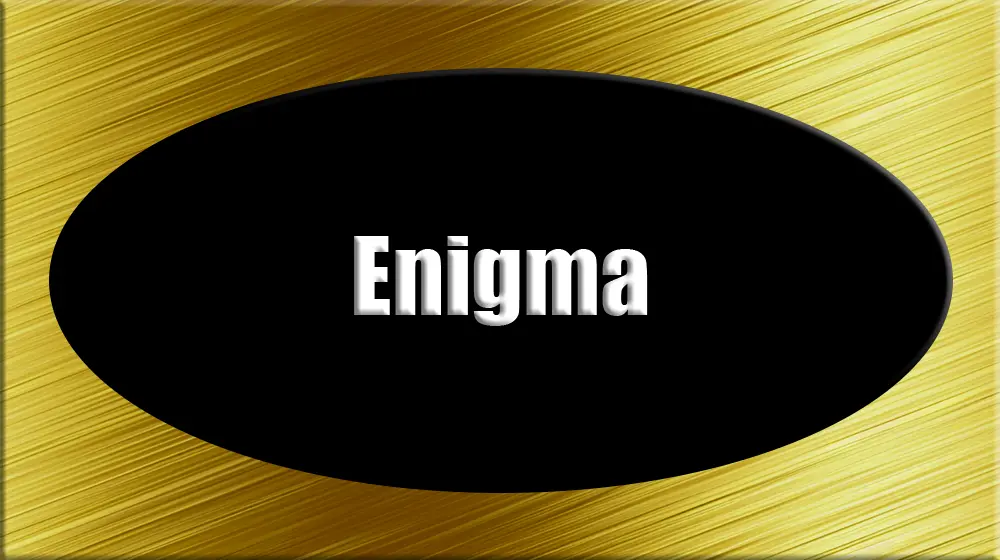A protocol in the context of blockchain is a set of rules and standards that govern how data is exchanged and processed within the blockchain network. Here’s a simple explanation:
- Rules and Standards: A blockchain protocol defines the rules that all participants in the network must follow. These rules ensure that all nodes (computers in the distributed network) work together correctly.
- Consensus Mechanism: Part of the protocol includes the consensus mechanism, which is the method used to agree on the state of the blockchain ledger. Common consensus mechanisms are Proof of Work (PoW) and Proof of Stake (PoS).
- Data Validation: The protocol specifies how transactions are validated and added to the blockchain. This process ensures that only legitimate transactions are recorded in the system of record, maintaining data integrity.
- Interoperability: Protocols allow different blockchain networks to communicate and interact with each other. This can be important for systems of record that need to access and share data across multiple blockchains.
- Smart Contracts: Many blockchain protocols support smart contracts, which are self-executing contracts where the terms are written into code. These enhance automation and reliability within the network.
- Examples: Popular blockchain protocols include Bitcoin, Ethereum, and Hyperledger. Each of these protocols has its own set of rules and standards tailored to its specific use cases.
In summary, a blockchain protocol is a critical component that defines how data is processed, validated, and recorded within the distributed network, ensuring the integrity and reliability of the system of record.




